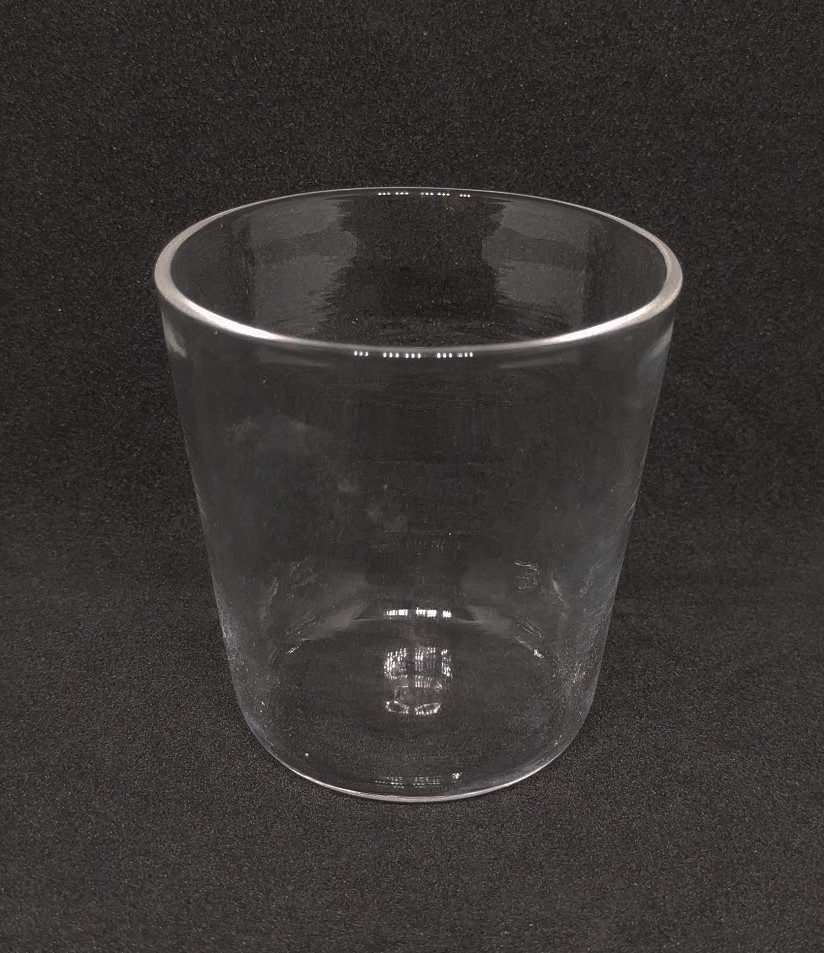The Versatile World of Quartz Crucibles
Exploring Quartz Crucibles: Properties, Types, and Applications
Quartz crucibles, those unassuming yet indispensable vessels, play a pivotal role in an array of scientific and industrial processes. Their exceptional properties and versatility make them a cornerstone in laboratories and manufacturing facilities worldwide. In this comprehensive guide, we’ll dive deep into the fascinating realm of quartz crucibles, uncovering their properties, types, applications, and the critical aspect of maintenance.
Unraveling the Essence of Quartz Crucibles
Quartz crucibles, these specialized marvels, are meticulously crafted from high-purity quartz glass. Their primary design objective? To withstand the most extreme temperatures and the harshest of chemical environments. Let’s explore what sets them apart and why they are coveted in various applications.
The Key Properties That Set Quartz Crucibles Apart
When it comes to quartz crucibles, certain standout properties are truly game-changers:
1. High Temperature Resistance: Quartz crucibles fear no heat. They can stand up to blistering temperatures, making them the go-to choice for handling molten metals, glass, and ceramics.
2. Chemical Inertness: These crucibles are the embodiment of chemical resistance. They steadfastly resist chemical reactions, ensuring that the crucible won’t contaminate the precious materials it cradles.
3. Low Thermal Expansion: Thanks to quartz’s minimal thermal expansion, the crucible maintains its shape and integrity, even when subjected to punishing heat.
4. Transparency: The transparency of quartz crucibles is a boon. It allows for clear observation and meticulous control of the processes unfolding within the crucible’s confines.
The Diverse Types of Quartz Crucibles
Quartz crucibles don’t come in a one-size-fits-all package. Different applications demand different types:
1. Fused Quartz Crucibles: These marvels are born from the melting of high-purity quartz, expertly shaped into crucible form. Their claim to fame? Unrivaled purity and exceptional thermal stability, making them indispensable in semiconductor manufacturing and high-temperature processes.
2. Transparent Quartz Crucibles: When visual monitoring is the name of the game, transparent quartz crucibles steal the spotlight. Their optical clarity permits real-time observation, ideal for processes like crystal growth and melting.
3. Opaque Quartz Crucibles: Sometimes, darkness is key. Opaque quartz crucibles shine in applications where complete darkness is required, such as when melting light-sensitive materials like rare-earth metals.
Where Quartz Crucibles Find Their Calling
Quartz crucibles are the unsung heroes in a multitude of industries and processes:
1. Semiconductor Industry: In the world of semiconductors, these crucibles are indispensable. They facilitate the growth of single crystals and the manufacturing of semiconductor wafers, where purity and precise temperature control are non-negotiable.
2. Glass and Ceramic Production: Glass and ceramics manufacturing relies on quartz crucibles. Their ability to withstand soaring temperatures and their non-reactive nature make them ideal for melting and refining these materials.
3. Metallurgy: When it’s time to melt and cast metals, quartz crucibles step into the limelight. They handle everything from common metals to precious ones like gold and silver.
4. Research and Development: Laboratories across the globe owe a debt of gratitude to quartz crucibles. They play a pivotal role in various experiments, from chemical reactions to the delicate process of crystal growth.
5. Photovoltaics: In the realm of solar cell production, these crucibles ensure the purity of materials, contributing to the creation of efficient and high-quality solar cells.
Nurturing the Longevity of Quartz Crucibles
To ensure that your quartz crucibles stand the test of time and deliver optimal performance, follow these essential maintenance practices:
1. Regular Cleaning: After each use, make it a habit to clean the crucibles meticulously. Use a mild detergent and deionized water to remove any residues that might compromise their functionality.
2. Avoid Thermal Shock: Handle your crucibles with care when it comes to temperature changes. Gradual heating and cooling prevent thermal shock, which could lead to undesirable cracks.
3. Handle with Care: Quartz crucibles may be sturdy, but they aren’t invincible. Treat them gently to avoid chipping or, worse, breakage.
In Conclusion
Quartz crucibles are unsung champions, silently powering industries and research endeavors where extreme temperatures and unwavering chemical resistance are prerequisites. To harness their full potential, understanding their properties and choosing the right type is paramount. With proper maintenance and care, these crucibles can serve as stalwart allies in a wide range of processes, standing the test of time.
